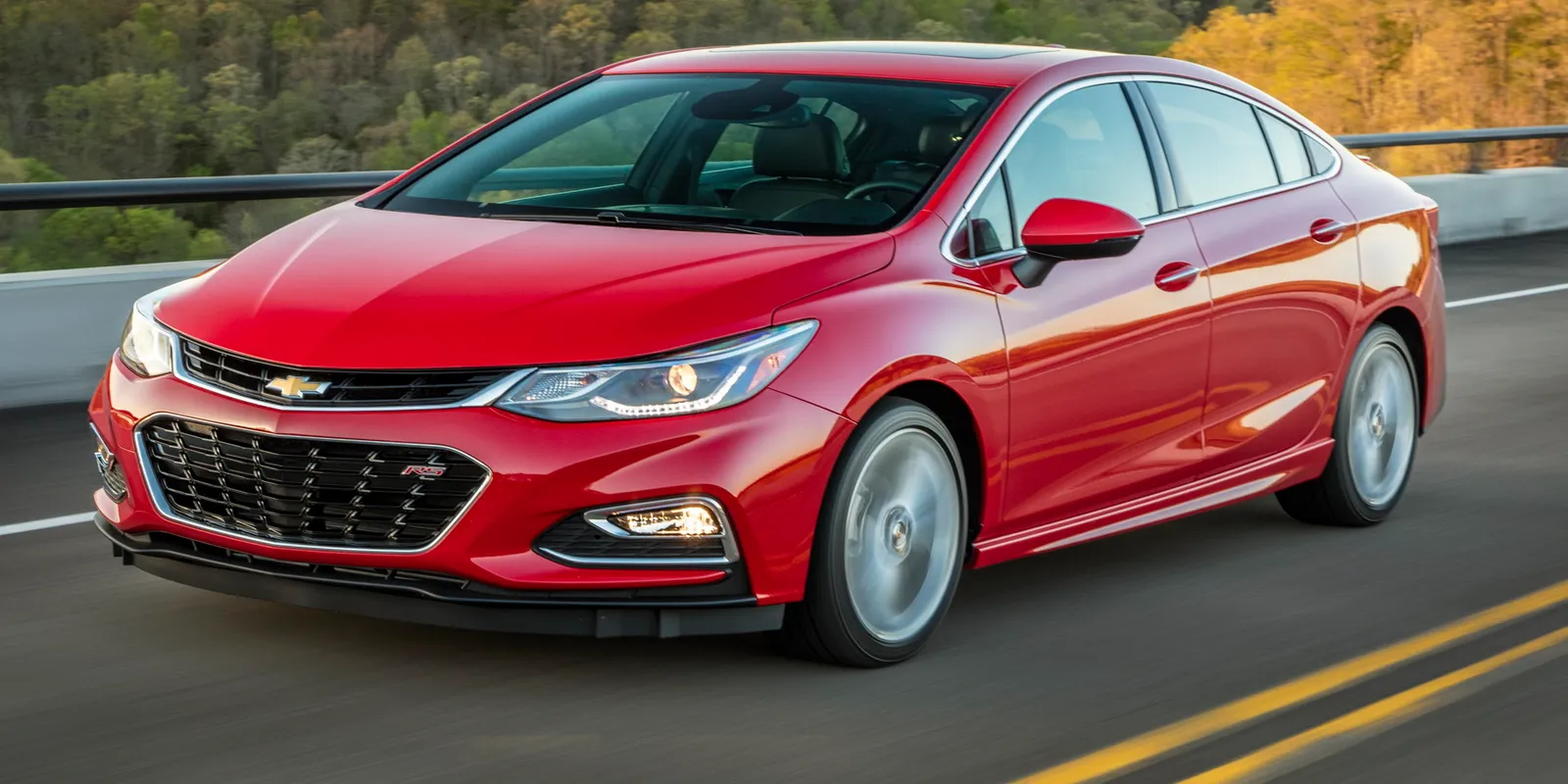Car ownership brings a mix of freedom and responsibility, and one of the biggest factors influencing long-term satisfaction is repair frequency. Some cars are known for their mechanical reliability—quietly racking up miles with minimal drama.
These vehicles are the heroes of the everyday driver, delivering peace of mind and lower ownership costs.
On the other end of the spectrum, there are cars that spend more time in the shop than on the road. These repair-prone models create frustration, drain wallets, and often leave their owners wondering why they ever bought them.
This two-part list explores five cars that rarely need repairs, and contrasts them with five vehicles that seem permanently parked at the mechanic’s.
The goal isn’t just to name names—it’s to show what separates smart, long-lasting choices from costly gambles. Whether you’re buying used or new, these patterns of dependability—or disaster—can make or break your ownership experience.
The best cars in this list are praised not for being flashy, but for being consistent. And the worst? They often overpromise and underdeliver, plagued by flawed engineering, cheap components, or poor quality control.
Let’s dive into the five cars that practically take care of themselves—followed by the five that seem to be allergic to reliability.
Also Read: 5 Retired Models That Increased in Value and 5 That Didn’t
5 Cars That Don’t Need Repairs
When people talk about dependable vehicles, they’re not necessarily thinking about horsepower or tech—they’re thinking about cars that just work.
These are the vehicles that start every morning without hesitation, drive cross-country without overheating, and cruise past 200,000 miles without a single major breakdown.
For owners, they’re more than just transportation—they’re stress-free companions that don’t constantly demand attention or money.
The cars that land on this list don’t avoid the mechanic because nothing ever wears out, but because they’re built so well that major repairs are rare and predictable.
Their engines are overengineered, transmissions are proven, and even wear-and-tear components like brakes or suspension parts tend to last longer than average. Crucially, they age well—no electrical nightmares, no mystery warning lights, and no expensive surprises lurking under the hood.
These models consistently rank high on long-term reliability surveys from sources like J.D. Power and Consumer Reports. They’re also favorites among fleet managers, rideshare drivers, and mechanics—people who need cars to keep running without costly drama.
You won’t find many high-strung European performance cars here. Instead, this list is dominated by Japanese sedans, practical SUVs, and bulletproof compact cars that make reliability their top priority.
We’re writing this list to help buyers who want peace of mind above all else. Whether you’re purchasing your first car or looking for a dependable used vehicle, these are models you can trust to go the distance. They’re not just affordable to buy—they’re affordable to own.
Let’s look at five cars that earned their reputation not by making headlines, but by avoiding the service bay—and giving their owners years of trouble-free driving in return.
1. Toyota Camry (Especially 2005–2011 Models)
If there’s one car that symbolizes no-nonsense dependability, it’s the Toyota Camry. For decades, the Camry has been the go-to choice for drivers who want a vehicle that just works—no breakdowns, no constant check engine lights, and no surprise repair bills.
While nearly every generation of the Camry is solid, the 2005–2011 models, especially with the 2.4L 4-cylinder engine (2AZ-FE), stand out as nearly bulletproof.
This generation of Camry offers a perfect mix of mechanical simplicity and durability. The 2.4L engine is smooth, fuel-efficient, and known to cross 300,000 miles with minimal issues.
It’s chain-driven, meaning no timing belt replacements, and has very few known weak points. Even the V6 versions (3.5L 2GR-FE) from these years have an excellent track record, though they require more careful maintenance.
Transmission-wise, the 5-speed automatics used during this period are rock-solid. They don’t suffer from the premature failures seen in some rivals. Fluid changes are straightforward, and shifts remain smooth even at high mileage.
These cars are also known for holding alignment well and not chewing through suspension components—something many compact and midsize cars struggle with over time.
Mechanics love the Camry because it’s easy to work on, affordable to maintain, and rarely breaks down.
Many auto shops report that Camrys come in for routine oil changes, tires, and brake pads—and little else. Even things like window motors, air conditioning units, and electronics tend to last far longer than average.
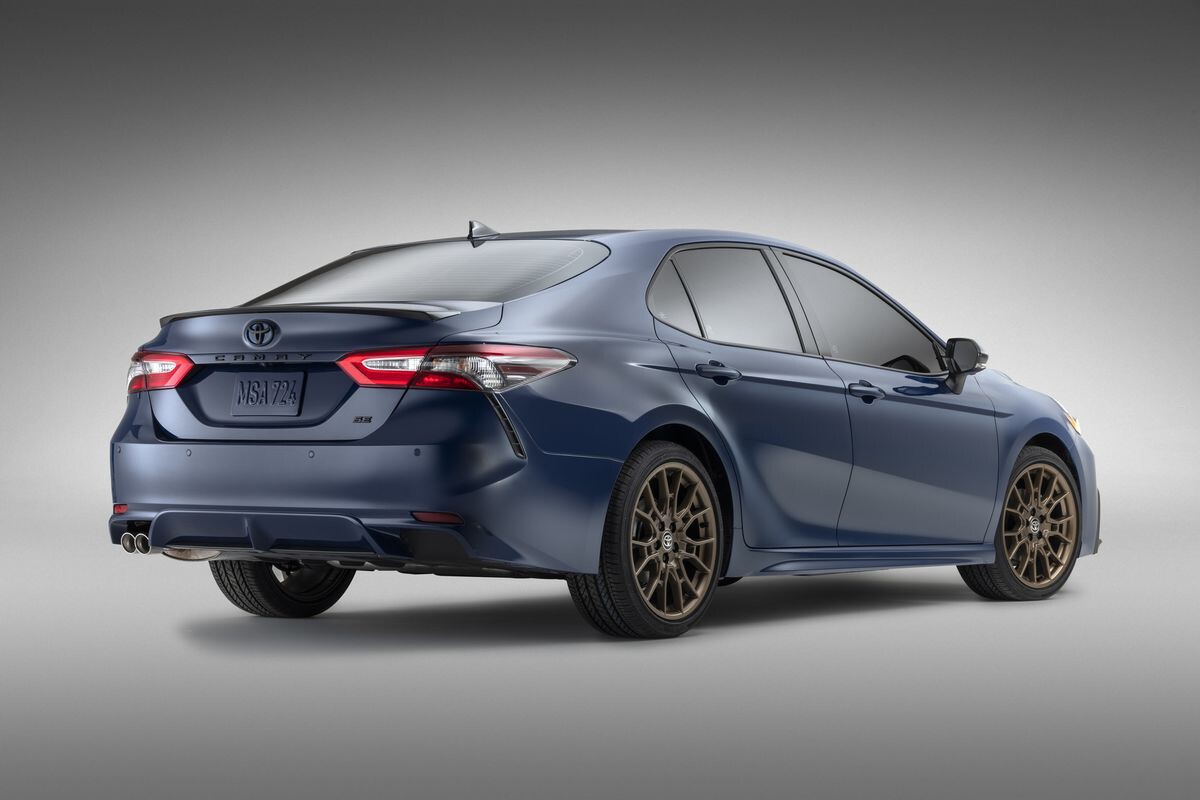
Parts are plentiful and cheap, thanks to the Camry’s massive production volume. Whether you’re in a big city or a rural town, you’ll find someone who can fix a Camry—and you probably won’t need them often.
The design might be plain, but that’s part of the charm. There’s nothing exotic or fragile about it, and that’s exactly why it lasts. For students, families, Uber drivers, or retirees, the Camry is a car that delivers exactly what it promises: years of quiet, predictable, low-maintenance driving.
If you want a car that feels invisible—but in the best way—the 2005–2011 Camry is hard to top.
2. Honda CR-V (2007–2011 Models)
If you’re looking for an SUV that blends practicality, fuel economy, and near-flawless reliability, the 2007–2011 Honda CR-V should be at the top of your list.
It’s not flashy, but that’s the point—this CR-V is about function over flair, and it excels at being a car you never have to think about. It’s a favorite of suburban families, retirees, and daily commuters for good reason: it just works.
Under the hood is Honda’s rock-solid 2.4L inline-4 engine (K24A1), a naturally aspirated powerplant with a proven track record of longevity. It features a timing chain instead of a belt, so there’s one less major maintenance item to worry about.
The engine delivers around 166 horsepower—not sporty, but sufficient—and returns excellent fuel economy for a compact SUV.
This CR-V also shines thanks to its smooth-shifting 5-speed automatic transmission, which is far more durable than the CVTs that came in later generations. You’ll rarely hear about transmission failures with this generation—especially when owners stick to regular fluid changes.
Honda kept things simple during this era, and it paid off. There’s no turbocharger to fail, no overly complex electronics, and the AWD system (if equipped) is mechanically reliable and activates only when needed. The suspension setup is rugged but comfortable, and wear items like brakes, tires, and bushings tend to last longer than average.
What makes this CR-V stand out, though, is how infrequently it needs unscheduled repairs. Outside of basic upkeep—like oil, filters, and spark plugs—there’s very little that goes wrong.
Power window motors, air conditioning systems, and interior electronics hold up well, even on higher-mileage examples. It’s not uncommon to see these CR-Vs pass the 250,000-mile mark with nothing but routine care.
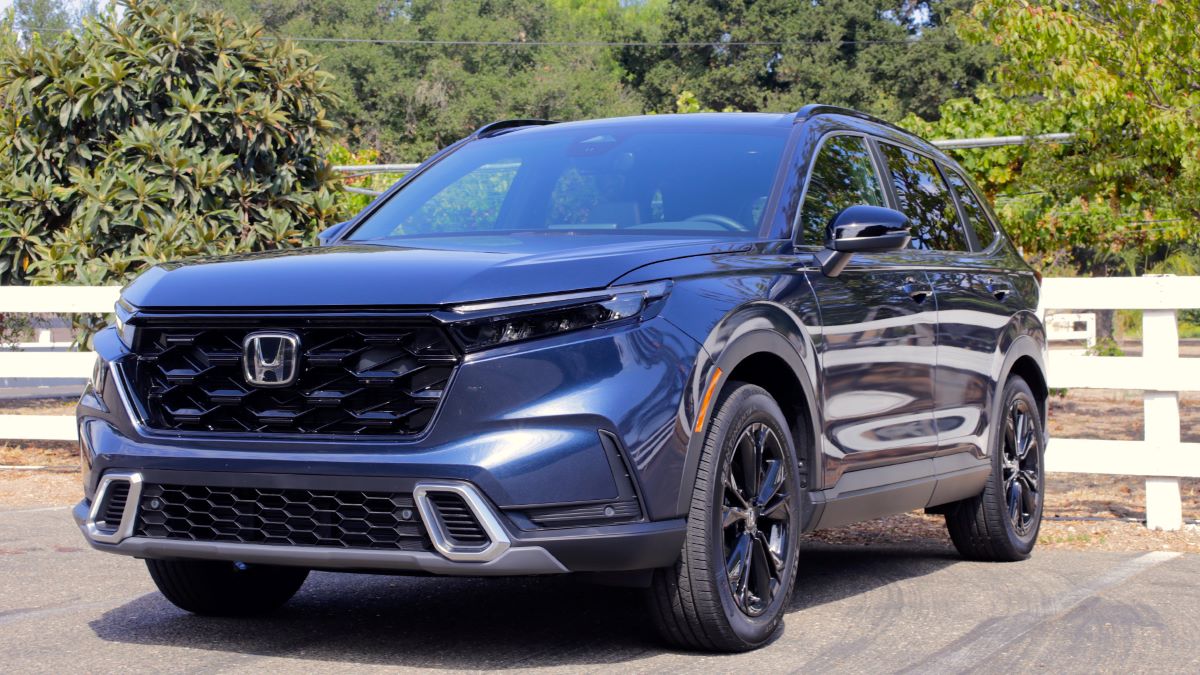
Mechanics often say the 2007–2011 CR-V is one of the easiest SUVs to service. Parts are widely available, labor times are short, and there’s a huge knowledge base online for DIY owners.
In an age where crossovers are becoming more complex and expensive to maintain, this generation of CR-V remains a beacon of simplicity and trustworthiness. If you want a vehicle that asks for little and gives a lot in return, this one delivers every time.
3. Lexus RX 350 (2007–2012 Models)
Luxury cars have a reputation for high maintenance costs and complex systems that love to fail once the warranty ends.
But the 2007–2012 Lexus RX 350 is the exception to that rule—a midsize luxury SUV that offers comfort, refinement, and long-term reliability without turning into a financial black hole.
Powered by the time-tested 3.5L V6 2GR-FE engine, the RX 350 is known for its near-flawless operation. This engine is shared across numerous Toyota and Lexus models, and it’s widely considered one of the most durable V6s ever made.
With proper maintenance, it can sail past 250,000 miles with no serious issues. It’s chain-driven, quiet, and well-matched to the RX’s smooth driving character.
The 5- and 6-speed automatic transmissions used during these years are similarly dependable.
Unlike some European luxury rivals, the RX’s gearbox isn’t prone to jerky shifts or early failures. Maintenance is straightforward, and the AWD system (when equipped) uses a basic but effective setup that requires little attention.
Unlike many premium SUVs from the same era, the RX doesn’t rely on air suspension, overcomplicated infotainment, or temperamental electronics.
Lexus focused on what matters: comfortable seats, a quiet ride, and a cabin that wears well over time. Buttons, dials, and interior trim hold up impressively, even after years of daily use.
Owners often report the RX 350 needs little more than routine oil changes, fluid flushes, and brake jobs.
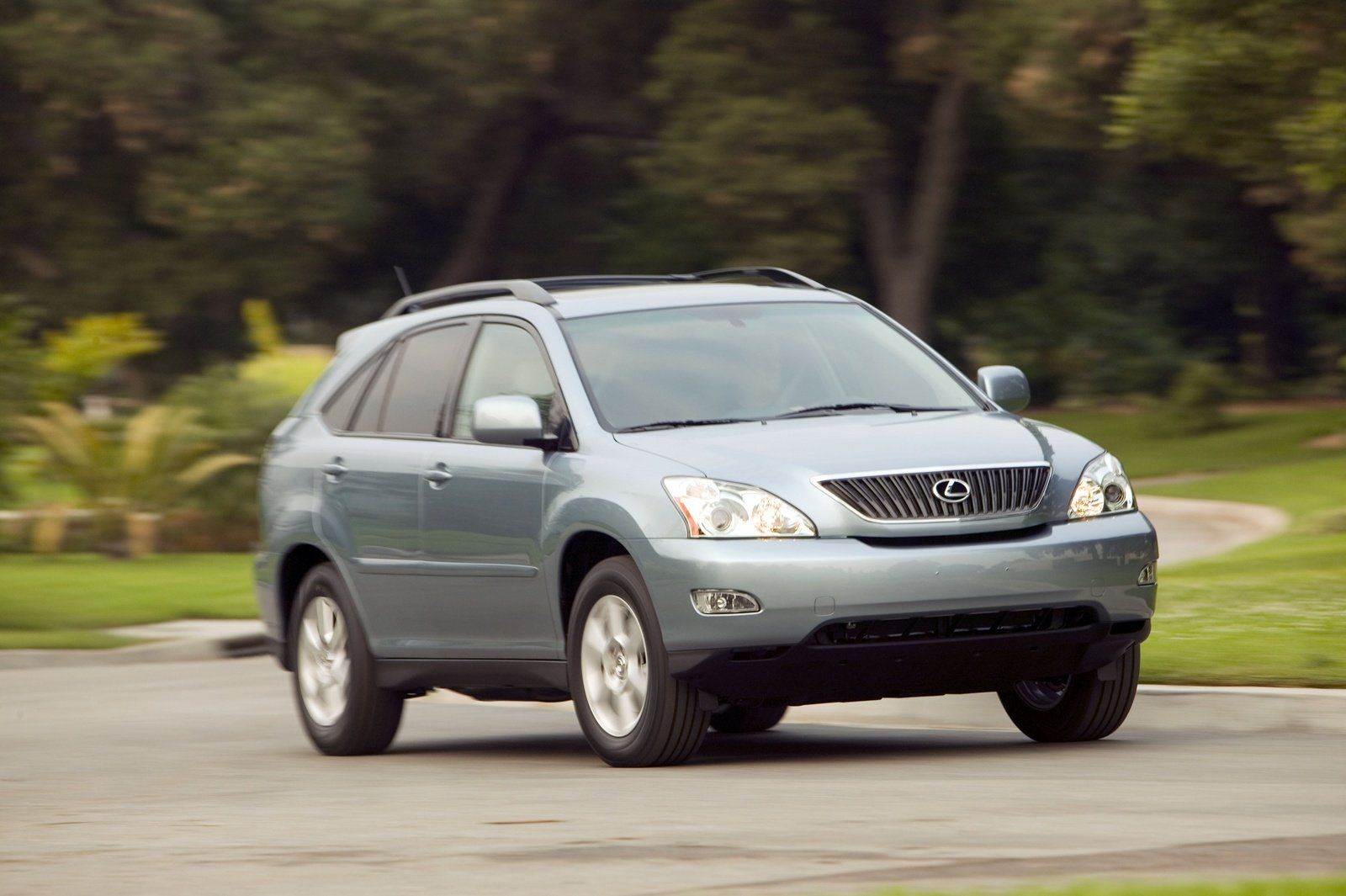
It’s rare to hear of major engine or transmission failures, and when something does go wrong, parts are readily available through Toyota’s vast supply chain. Even the luxury features—like power tailgates, navigation, and heated seats—typically last far longer than expected.
The RX 350 also delivers on value. While new models are expensive, used ones from this era can be found for reasonable prices—and often with mileage that barely scratches their full potential. And unlike many luxury brands, Lexus doesn’t carry the stigma of constant dealer visits.
If you want the comfort of a luxury SUV without the repair anxiety, the RX 350 is the smart bet. It’s proof that you don’t have to choose between luxury and long-term peace of mind.
4. Mazda3 (2010–2013 Models)
The 2010–2013 Mazda3 is proof that you don’t have to sacrifice reliability to enjoy driving. While many compact cars aim only for practicality, the Mazda3 blends driving fun, long-term durability, and cost-effective ownership in one sharp package.
It’s a favorite among mechanics, daily commuters, and even young enthusiasts who want something that’s both dependable and engaging.
This generation offered two engine options: the 2.0L MZR and the later 2.0L SkyActiv-G introduced in 2012. Both are known for their strong reliability records. The MZR is a tried-and-true platform with a simple design and excellent parts availability.
The SkyActiv engine, while newer and more efficient, continued Mazda’s legacy of building durable, low-maintenance powertrains. Neither is turbocharged, and both use timing chains instead of belts—minimizing long-term repair costs.
Transmission choices include a slick-shifting manual and a well-tuned automatic, both of which have proven reliable well past 150,000 miles. The drivetrain as a whole is refreshingly straightforward, and owners report very few major issues, even as these cars age.
Where the Mazda3 really shines is in the small things that rarely break. Power accessories, electronics, climate control systems, and even factory stereo units tend to last.
Rust was a concern in earlier Mazda models, but by this generation, build quality had improved significantly, and rustproofing was far better. Suspension components are sturdy, and alignment tends to hold well—keeping tire wear minimal and handling sharp.
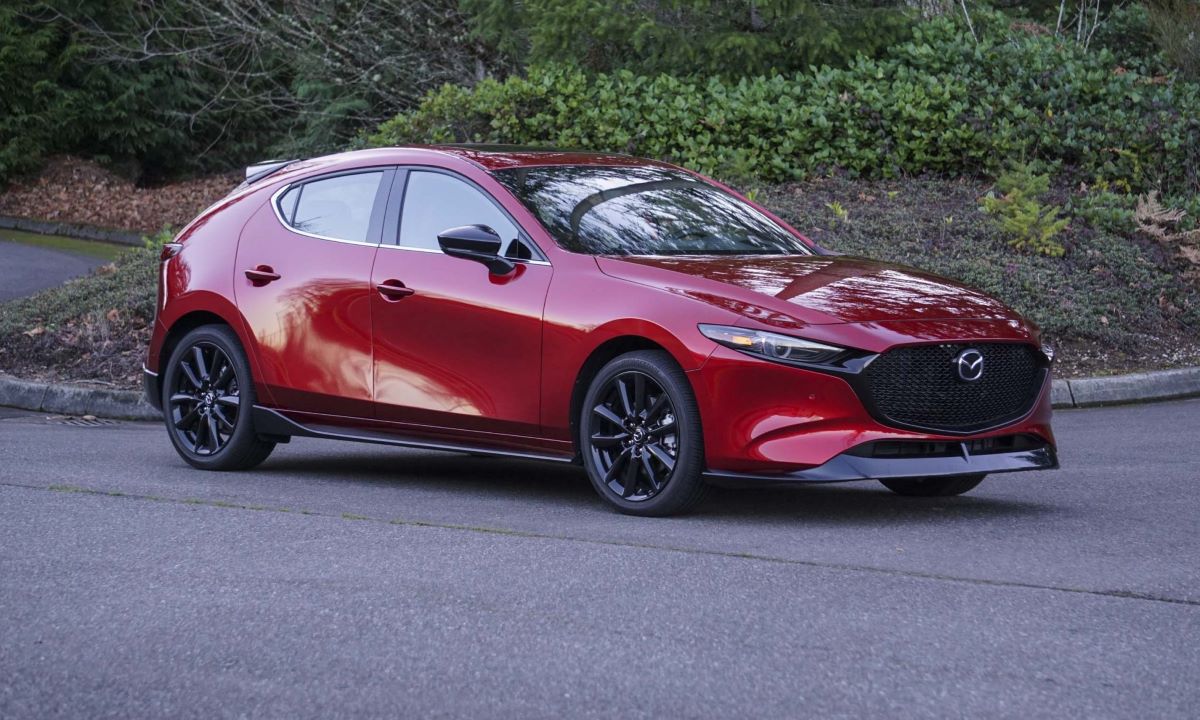
What also sets the Mazda3 apart is its balance of reliability and personality. It’s not just a car that avoids repairs—it’s a car people enjoy driving, which makes the ownership experience even more satisfying.
Whether it’s commuting, grocery runs, or weekend road trips, the Mazda3 feels lively and connected without adding stress to your maintenance routine.
For those looking to buy a used compact car that’s easy to maintain, affordable to repair, and still fun behind the wheel, the 2010–2013 Mazda3 checks every box.
It may not be as famous for reliability as a Corolla or Civic, but in real-world use, it’s every bit as dependable—and more enjoyable to drive.
5. Subaru Forester (2009–2012 Models, Non-Turbo)
For drivers who want a vehicle that can tackle snow, dirt roads, and daily commutes without a hitch, the 2009–2012 Subaru Forester—specifically in non-turbo form—has earned a reputation for being tough, trustworthy, and surprisingly low-maintenance.
While Subarus are often stereotyped as quirky or high-maintenance, this particular generation of Forester stands out as a balanced blend of capability and dependability when properly maintained.
These Foresters come equipped with the 2.5L naturally aspirated flat-four engine (EJ253), paired with either a 4-speed automatic or 5-speed manual.
While the engine design is a boxer layout, which can be more complex to service, this version proved generally reliable—especially after Subaru addressed head gasket issues that plagued earlier models. By this generation, updated gaskets and better cooling system designs helped improve long-term engine health.
The all-wheel-drive system is one of the Forester’s strongest features. Unlike some part-time or reactive AWD setups in other compact crossovers, Subaru’s full-time symmetrical AWD is always engaged and incredibly effective in poor weather.
Despite its capability, it doesn’t add major maintenance headaches—just routine differential fluid changes every 30K–60K miles.
Another strong suit is the interior build quality and suspension durability. The seats are tough, the controls are simple, and the car feels solid even with 150,000+ miles on the clock.
Suspension components are strong enough to handle potholes and light off-roading without wearing out prematurely, which is one reason these Foresters remain popular in rural and mountain towns across the U.S.
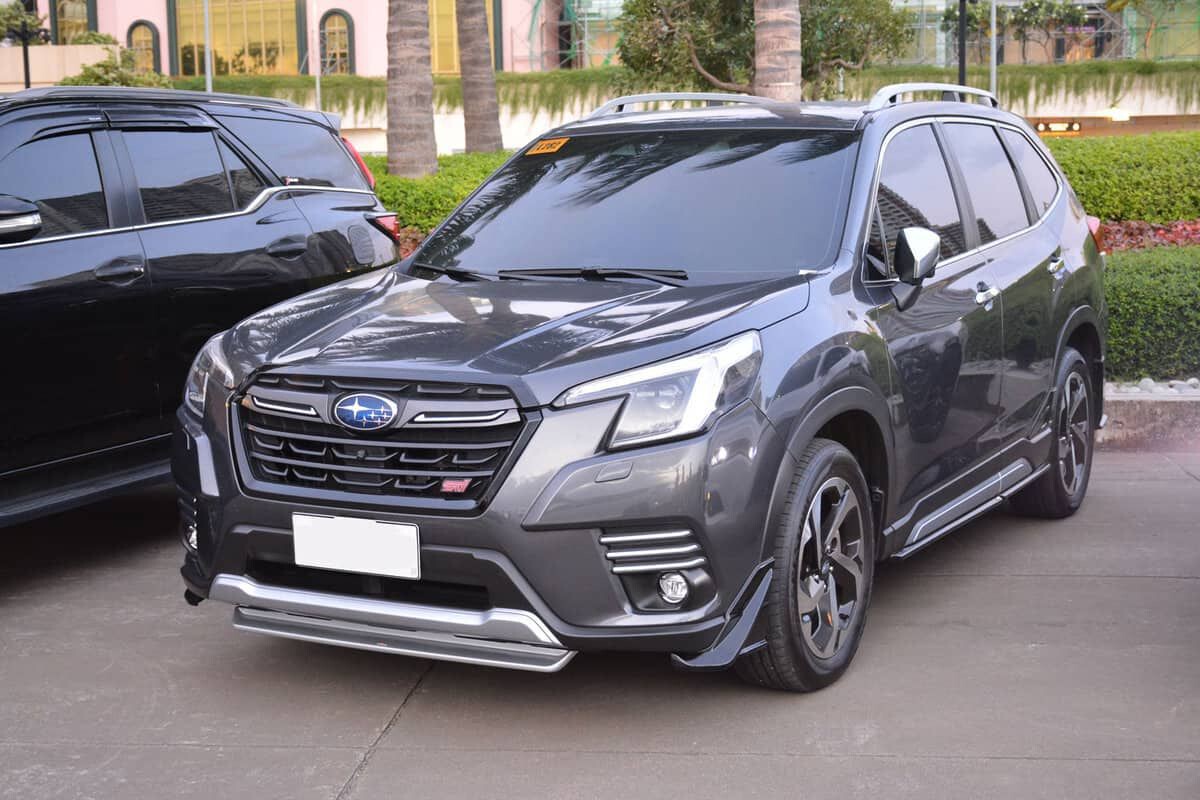
Mechanically, the non-turbo Forester avoids many of the costly repairs that affect other models. There’s no turbo to fail, no complex dual-clutch transmission, and no finicky electronics. The HVAC, electrical systems, and power accessories are all simple and tend to age well.
When well-maintained with regular oil changes and cooling system service, the 2009–2012 Forester can easily cross 200,000 miles. It’s also a favorite among DIYers thanks to widespread parts availability and strong community support.
For people who want something practical, winter-capable, and hassle-free, the naturally aspirated Forester from this era is a quiet workhorse that doesn’t complain—and rarely needs anything more than routine service.
5 Cars That Live at the Mechanic
While some cars earn praise for their bulletproof reliability, others develop a far more painful reputation: frequent breakdowns, expensive repairs, and a constant cycle of check engine lights.
These are the cars that mechanics see far too often—not for routine service, but because something critical keeps going wrong. Whether due to flawed design, cheap components, or poorly executed technology, these vehicles become financial black holes for their owners.
In this section, we’re highlighting five cars that have earned their place on the lift—not because of how they drive, but because of how often they break down.
Many of them looked promising at launch, boasting attractive price tags, modern features, or sporty styling. But beneath the surface, they were hiding chronic issues that turned ownership into a costly and frustrating experience.
We’re not just talking about one-off problems, either. These models consistently show up at the top of reliability surveys—for the wrong reasons.
They’re infamous in owner forums and dreaded by used car buyers. From failing transmissions to persistent electrical faults, they create headaches that go beyond the occasional repair—they become a lifestyle of fixing instead of driving.
This list exists as a warning. Whether you’re shopping for a used car or trying to understand why your vehicle seems cursed, these examples highlight how bad engineering decisions or cheap cost-cutting can lead to vehicles that constantly demand attention.
Let’s dig into five cars that spend more time in the shop than on the road—and why avoiding them could save you thousands.
1. Chrysler 200 (2011–2017 Models)
The Chrysler 200 was supposed to be the brand’s redemption in the midsize sedan market—a sleek, modern alternative to the Accord and Camry that showcased Chrysler’s design evolution.
And while the car looked good on the surface, the 2011–2017 Chrysler 200, particularly the second generation (2015–2017), quickly gained a reputation as a mechanical nightmare that left many owners stranded—and mechanics shaking their heads.
The biggest culprit? The ZF 9-speed automatic transmission. Marketed as a fuel-saving innovation, it became one of the most complained-about parts of the car.
Owners reported harsh shifting, slipping, hesitation, and repeated trips to the dealership for software updates and repairs. Even after multiple recalls and reprogramming attempts, many problems persisted, with some units needing full replacement well before 100,000 miles.
Engine issues weren’t far behind. The 2.4L Tigershark inline-4—found in the more affordable trims—suffered from excessive oil consumption, with many owners needing to top off between oil changes or deal with internal engine damage.
The available 3.6L Pentastar V6 was more powerful but didn’t escape criticism, especially when paired with the finicky transmission.
The 200 also struggled with suspension and steering components wearing prematurely. Bushing failures, noisy struts, and clunky steering plagued even low-mileage models, adding to the ownership costs.
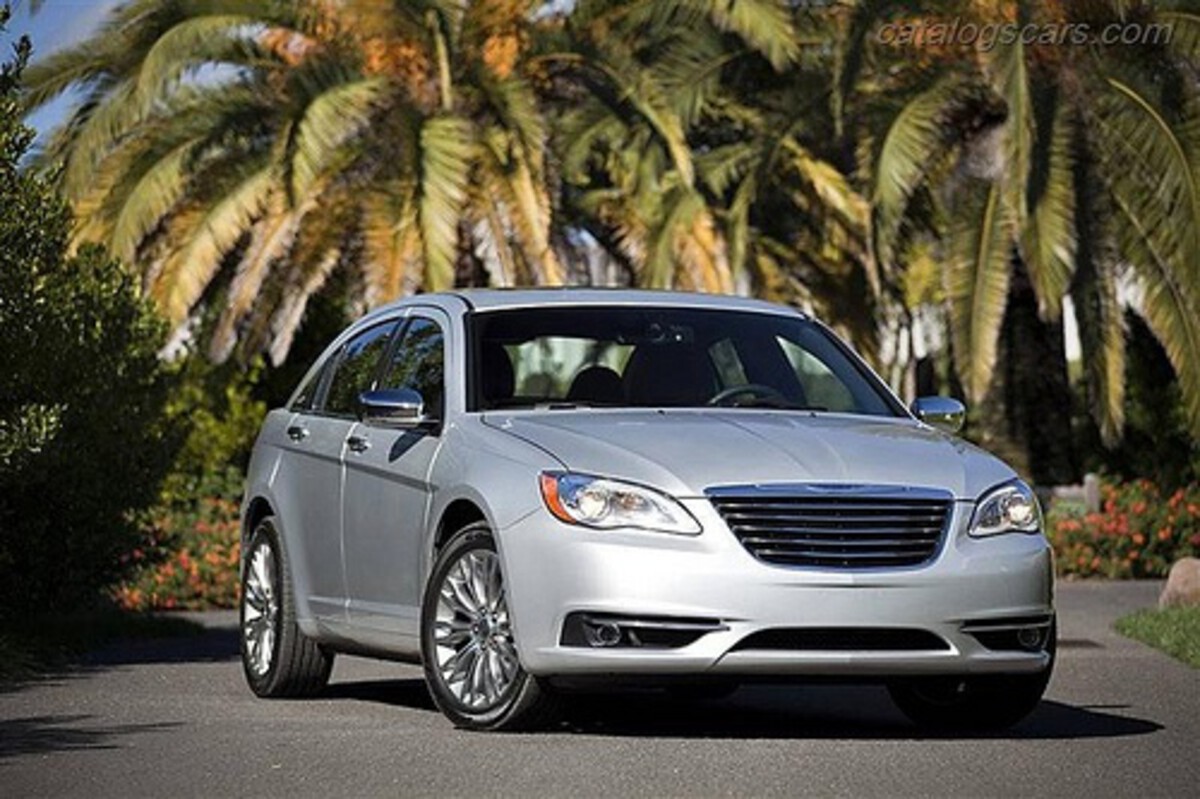
And while the interior looked upscale at a glance, it was riddled with cheap plastics, rattles, and glitchy electronics, especially with the infotainment system and climate controls.
Adding insult to injury, tight packaging under the hood made routine maintenance difficult, often requiring labor-intensive service for simple components like batteries or sensors. Mechanics often joke that the car looks better on a tow truck than it does on the road—and they’re not wrong.
Despite its design and potential, the Chrysler 200 never shook its reputation as a lemon. FCA ended production in 2017, with then-CEO Sergio Marchionne bluntly stating it wasn’t competitive.
Today, used 200s can be found for dirt cheap—but unless you’re prepared for constant shop visits, it’s best to look elsewhere.
2. Mini Cooper (2007–2013 Models)
The Mini Cooper is beloved for its quirky design, go-kart handling, and iconic British personality.
But if you’re looking at a 2007–2013 Mini Cooper—especially the turbocharged Cooper S—be prepared for a rollercoaster of frequent breakdowns, costly repairs, and frustrating reliability issues that seem to pop up as often as the check engine light.
These second-generation Minis were developed under BMW’s stewardship, and while they had the German precision on paper, the execution was deeply flawed.
The standout problem lies in the turbocharged 1.6L engine (Prince engine) used in the Cooper S, which is infamous for multiple issues: carbon buildup, high oil consumption, timing chain tensioner failure, and water pump problems. Many owners report engine failures under 100,000 miles, with some experiencing major repairs far earlier.
Even the naturally aspirated base models weren’t immune. The timing chain “death rattle”—a noise caused by a failing tensioner—became a known Mini quirk, and if ignored, it often led to catastrophic engine damage.
But the problems didn’t stop there. The Mini’s electrical system is notoriously fragile. Window regulators, door locks, lights, and infotainment units often fail without warning.
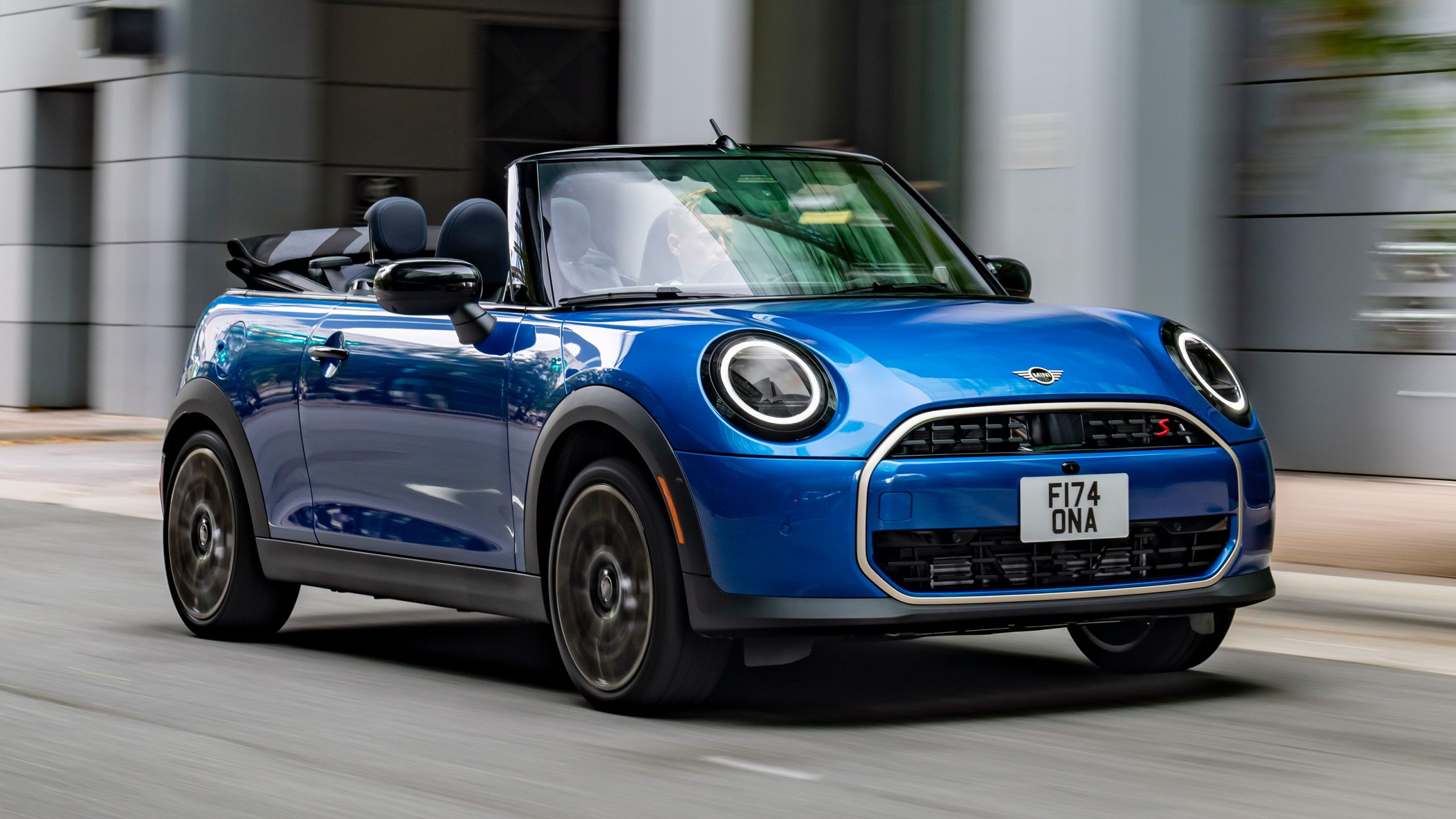
The cooling system is also a weak point, with water pumps and thermostats commonly needing replacement. And with limited engine bay space, labor costs are high—mechanics often need to remove multiple components just to access a single faulty part.
The suspension components don’t hold up well either. Control arm bushings, sway bar links, and struts wear quickly, making for a bumpy, noisy ride far earlier than you’d expect from a premium-brand vehicle.
Add in inconsistent interior build quality—squeaks, rattles, and peeling trim—and the Mini begins to lose its charm quickly.
While driving a Mini can be fun when it’s working, that’s a big “if.” Enthusiasts may still love the way it hugs corners, but most owners tire of the endless stream of shop visits and surprise repair bills.
Unless you have deep pockets or a dedicated Mini mechanic on speed dial, this is one small car that delivers far too much drama for its size.
3. BMW 5 Series (2011–2016, F10 Generation)
The F10-generation BMW 5 Series (2011–2016) was a technological leap forward for the brand. Sleek styling, a high-tech interior, and a balance of comfort and performance made it one of the most appealing executive sedans of its time.
But beneath the surface of this luxury icon lies a minefield of expensive repairs, electronic glitches, and mechanical flaws that have made the F10 a frequent flyer at repair shops—especially as it crosses the 60,000-mile mark.
The biggest troublemaker? The N20 2.0L turbocharged 4-cylinder engine found in the 528i.
While efficient and punchy, it has a well-documented history of timing chain failures, valve cover gasket leaks, high-pressure fuel pump issues, and coolant leaks from the water pump and thermostat. The timing chain failure, in particular, can lead to total engine destruction if not caught in time—a repair costing thousands.
The optional N55 inline-6 turbo engine in higher trims is smoother and more robust, but still comes with its own problems, including injector failures, wastegate rattle, and VANOS (variable valve timing) system issues.
The F10’s ZF 8-speed automatic transmission is one of the best in the business—when it works. But fluid is labeled “lifetime,” and many owners never service it, leading to premature wear or harsh shifting. Transmission repairs on BMWs are not cheap, and even minor servicing requires specialized knowledge.

Then there’s the electrical system, which seems to be in a constant state of digital anxiety. iDrive malfunctions, sensor failures, adaptive lighting errors, and battery drain issues are common. Even minor problems can require expensive diagnostics and dealership-only repairs.
Suspension and steering components—especially on models equipped with adaptive dampers—tend to wear out faster than expected, and replacement costs are sky-high. Owners often spend thousands just to keep their cars riding smoothly and safely.
In short, the F10 BMW 5 Series is a luxury sedan that lures buyers in with its badge and refinement, only to trap them in a cycle of expensive maintenance and mechanical surprises. It’s a great car to lease—just don’t plan on keeping it after the warranty runs out.
4. Fiat 500 (2012–2019 U.S. Models)
When Fiat returned to the U.S. in 2012 with the cheeky little 500 hatchback, it promised European charm, great fuel economy, and city-friendly size in an affordable package.
Unfortunately, that charm quickly wore off as the Fiat 500 developed a reputation for poor reliability, constant warning lights, and mechanical fragility—even by small car standards.
The base 1.4L MultiAir engine, while clever on paper, proved problematic in real-world use. Issues ranged from oil leaks and carbon buildup to failure of the MultiAir valve actuators, a specialized part that controls variable valve timing.
When those fail, it often requires extensive work—or even full engine replacement. Coupled with a quirky automatic transmission that frequently jerks, lags, or fails altogether, the 500’s drivetrain is far from confidence-inspiring.
Clutch problems were also common in the manual-transmission variants. Owners often reported premature clutch wear, throwout bearing failure, and expensive repairs before 60,000 miles.
On top of that, intermittent electrical issues plagued many 500s: dashboard warning lights, faulty sensors, malfunctioning power windows, and even key fob communication problems.
Interior quality also leaves much to be desired. Despite the retro-cute look, the materials are low-grade, with easily scratched plastics, buttons that wear out, and armrests that loosen or break.
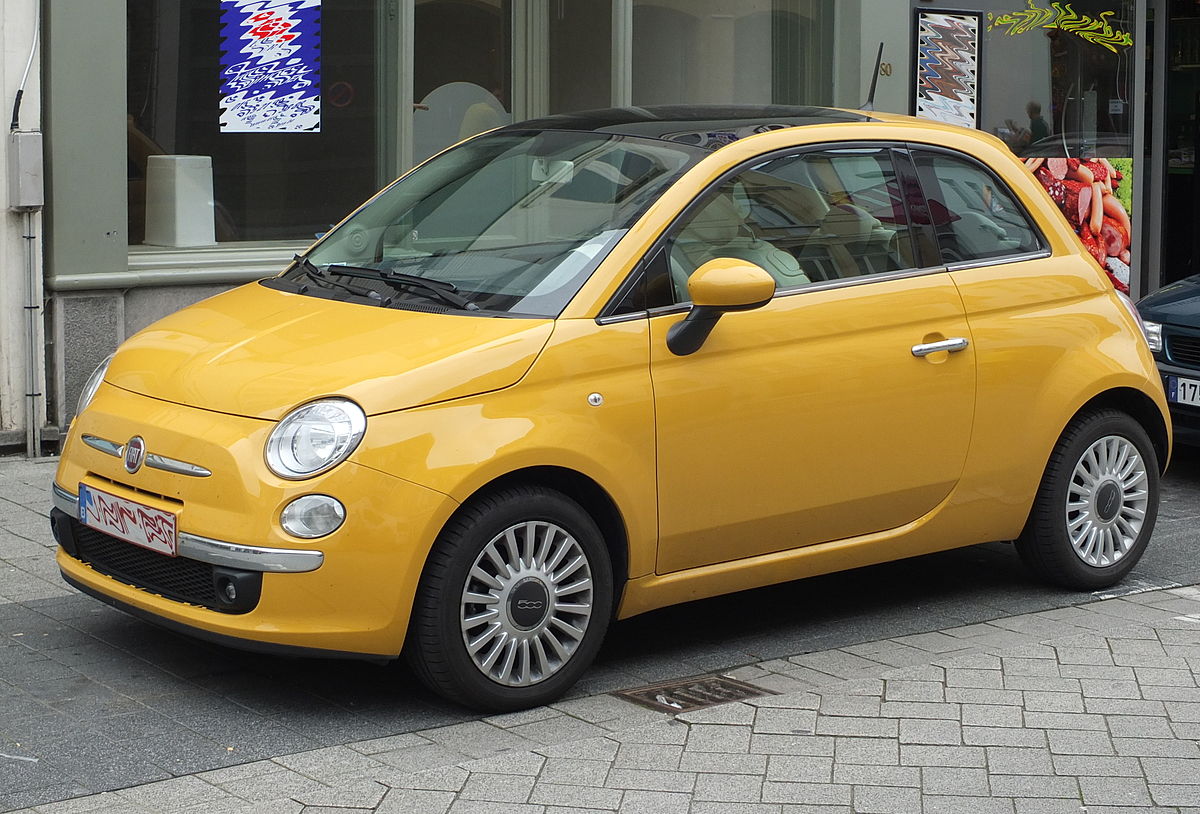
The infotainment system is dated and buggy, and even simple things like HVAC controls can become unreliable with age.
Suspension durability is another weak point. Struts and bushings wear out faster than expected, leading to clunks and rattles over bumps.
Combine that with limited interior space, awkward seating positions, and a noisy ride, and the Fiat 500 begins to feel like a novelty car rather than a daily driver.
Perhaps the most frustrating part for owners is dealer support and parts availability, especially as Fiat scaled back its U.S. presence. Getting parts often meant long wait times and high prices, and many Fiat-certified dealers shuttered or rolled into Chrysler lots with minimal Fiat expertise.
In theory, the Fiat 500 should have been the perfect city car. But in reality, it left many owners with headaches and repair bills that far outweighed the initial purchase price. For a car that’s supposed to simplify life, the 500 often made it far more complicated.
5. Chevrolet Cruze (2011–2015 Models)
When the Chevrolet Cruze debuted in 2011, it was billed as GM’s answer to the Honda Civic and Toyota Corolla—a smart, efficient compact sedan that offered more features, better ride quality, and a fresh global design.
But what looked like a promising reboot quickly unraveled, as serious reliability issues turned the Cruze into a frequent guest at repair shops across the country.
At the heart of the problem was the 1.4L turbocharged engine, which came standard in most trims. While offering good fuel economy, this engine is notorious for coolant leaks, overheating, water pump failure, and cracked cylinder heads.
Many owners discovered that even small coolant leaks could escalate into warped heads or engine failure—often before hitting 100,000 miles. The plastic thermostat housing and radiator tank are especially failure-prone.
But the problems didn’t stop with the engine. The automatic transmission was plagued by harsh shifting, slipping, and early failure, especially on the 6-speed units used in the earlier years. Repairs were expensive and not uncommon before 80,000 miles.
Beyond the drivetrain, the Cruze suffered from cheap interior components and poor build quality. Dashboards rattled, door panels warped, and infotainment systems were glitchy.
The electronic power steering system also developed faults, leading to steering stiffness or total loss of assist. Other complaints included faulty ignition coils, timing chain issues, and frequent CELs (Check Engine Lights) caused by failed sensors.
Perhaps most maddening was how expensive simple repairs became. Because many parts were buried under cramped engine bay packaging, even minor fixes often required extensive labor.
Owners found themselves constantly monitoring fluid levels, tracking weird noises, and scheduling trips to the mechanic just to stay on top of problems.
While GM updated the Cruze in later years and improved reliability in the second generation (2016+), the 2011–2015 models remain infamous in mechanic circles. Many used car buyers are lured by the low prices—only to be hit with unexpected repair bills within months.
The Cruze had potential, but poor execution and cost-cutting decisions left drivers with a car that couldn’t handle the basics. It’s an economy sedan that ultimately cost far more than it saved.
When it comes to vehicle ownership, few things matter more than reliability. The cars we drive become part of our daily routine—getting us to work, helping us pick up the kids, carrying us on vacations, or simply giving us peace of mind during a late-night grocery run.
That’s why the difference between a car that just works and one that constantly breaks down is more than just inconvenience—it’s a defining factor in the ownership experience.
The five cars that don’t need repairs—the Toyota Camry, Honda CR-V, Lexus RX 350, Mazda3, and Subaru Forester—didn’t earn their reputations with gimmicks or flashy features.
They were built with long-term reliability in mind, using time-tested engines, straightforward electronics, and durable materials.
These vehicles aren’t immune to wear, but they’re remarkably resilient. They age well, retain their value, and demand far less from their owners in terms of time, money, and stress.
On the flip side, the cars that live at the mechanic—the Chrysler 200, Mini Cooper, BMW 5 Series (F10), Fiat 500, and Chevrolet Cruze—reveal what happens when style, cost-cutting, or complexity takes priority over durability.
While some were praised at launch for their innovation or design, they quickly fell out of favor due to repeated mechanical and electronic issues. What seemed like a great deal at the dealership turned into a financial drain as parts failed and repair bills piled up.
This comparison isn’t just about brands—it’s about engineering philosophy. Cars that are simple, well-tested, and supported by strong parts networks continue to serve their owners faithfully long after flashier rivals are rusting or sitting at auction lots.
So whether you’re shopping used or new, remember: the best car isn’t always the one with the newest features—it’s the one that lets you forget about the mechanic for years at a time. In the long run, dependability will always outlast hype, and peace of mind will always be worth more than a pretty brochure.
Choose wisely, and your car won’t just get you from point A to B—it’ll get you there for years, quietly, reliably, and without the surprise repair bills.
Also Read: 5 Cars You Can Abandon for a Year and They Still Start and 5 That Die in a Week

